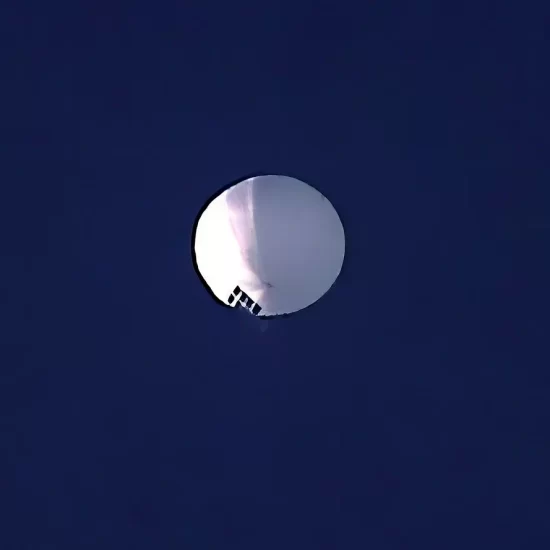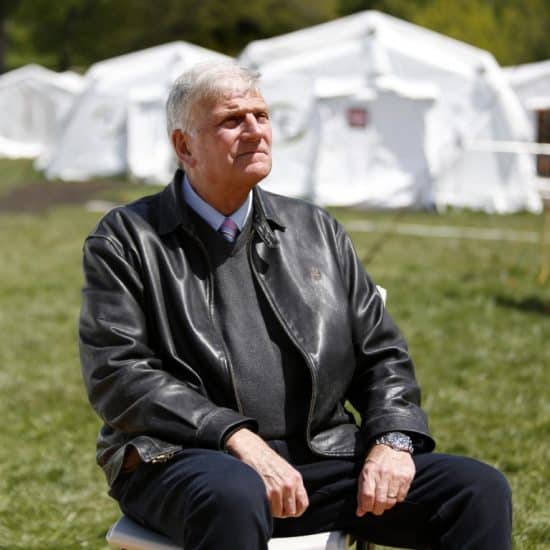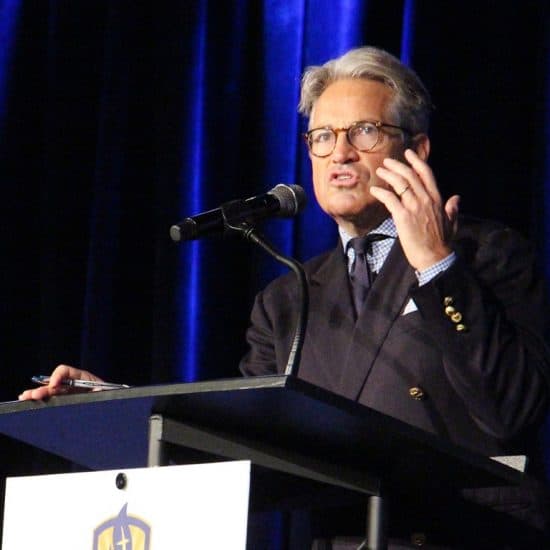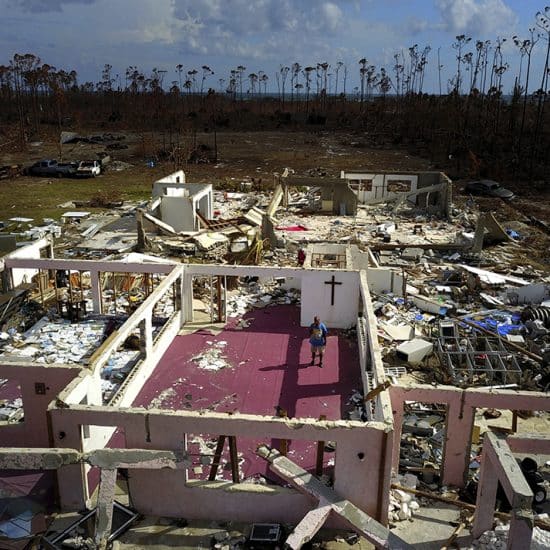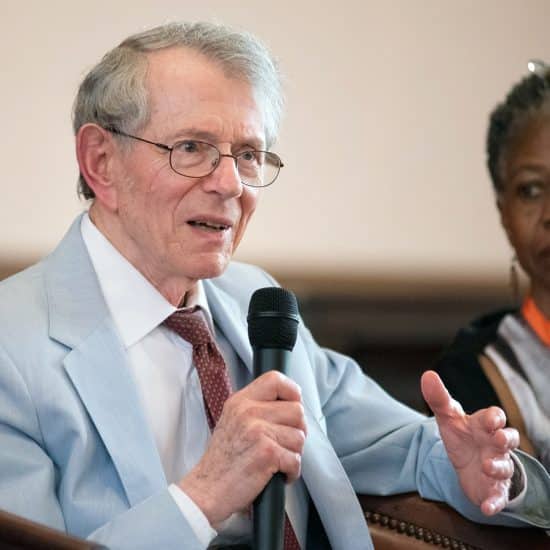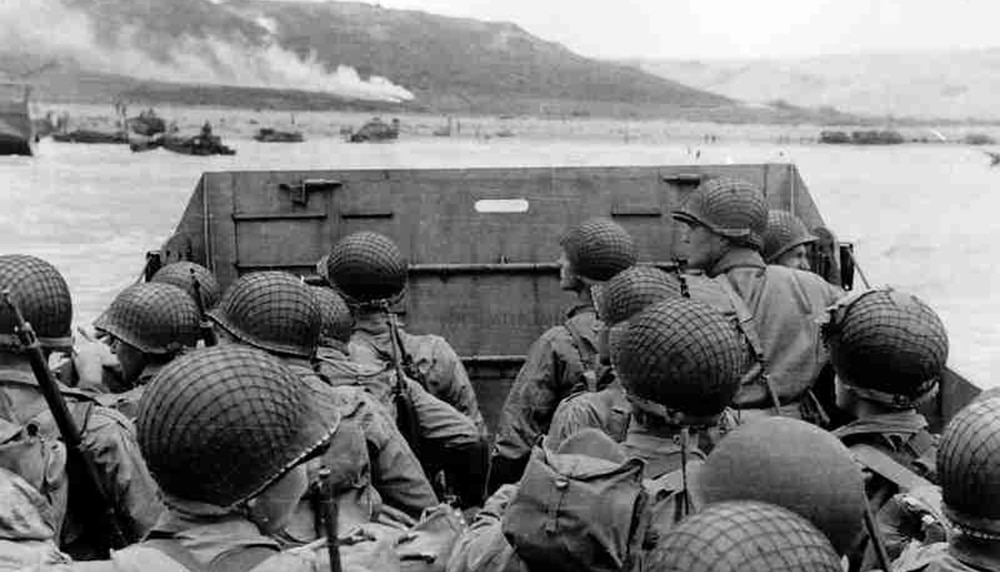

American troops approaching Omaha Beach on D-Day (Public domain photo)
WACO, Texas — To commemorate the 75th anniversary of the Normandy Invasion, David A. Smith, Ph.D., author and senior lecturer of American history in Baylor’s College of Arts & Sciences, was interviewed about the launching of the joint Allied invasion on France’s northern coast on June 6, 1944 — a crucial step in the plan to defeat Nazi Germany.
Smith is the author of The Price of Valor: The Life of Audie Murphy, America’s Most Decorated Hero of World War II, the first biography to cover the entire life of the war hero and eventual movie star, including his severe Post-Traumatic Stress Disorder (PTSD) and his tragic death at age 45. Smith also published George S. Patton: A Biography, which presents the full complexity of one of America’s most famous generals.
Why is it called D-Day?
“D-Day” is actually a generic military term signifying the day on which a given operation is set to begin. Before June 6, 1944, there were countless “D-Day’s” in the European and the Pacific theaters of operations. Just as common was the phrase “H-Hour,” signifying the time at which a given operation was to commence.
Why was it significant?
D-Day was significant because Allied planners knew that while they had achieved significant success against the German and Italian armies in North Africa, Sicily, and Italy, Germany wasn’t going to be defeated without a massive invasion of Germany itself. Allied armies would have to fight their way to Berlin and would not be able to get there coming up over the Alps from Italy. Northern Europe was the place where the final defeat of Hitler had to begin.

David Smith (Baylor University)
The invasion at Normandy would be the largest operation the Allies mounted in Europe, and it took months to get all the troops, supplies, equipment and vehicles into place, along with the armada of ships that would transport them across the English Channel and the Navy ships that would both escort them across and pound German strongpoints ashore to prepare the way for soldiers hitting the beach.
So much work and planning went into the operation that if it failed, the Allied cause would be set back for months if not a year.
Supreme Allied Commander Dwight Eisenhower understood the gravity of the situation and beforehand even wrote out a note to give the press in the event the invasion failed and he had to order the troops withdrawn.
What countries took part in the effort?
It was a complete Allied effort, consisting mostly of American, British and Canadian soldiers, but also small groups of French soldiers as well.
What role did airborne troops play?
Airborne troops, including two complete American airborne divisions, were dropped into northern France behind the target beaches the night before the landings on the morning of June 6. Their job was to seize vital bridges, roads, and railway junctions both to deny their use to the Germans and ensure that Allied troops would be able to get off the beaches and into the interior as quickly as possible.
Did the Germans know it was coming?
The Germans had anticipated and been planning for such an invasion for years all along the French and Belgian coastlines. They had built artillery emplacements, infantry strongpoints and tens of thousands of beach obstacles to keep troop ships from landing.
They anticipated, however, that an invasion would come across the narrowest part of the English Channel near the French port of Calais and they made that their focal point. To further convince the Germans that Calais was where an invasion would take place, the Allies engaged in significant counter-intelligence operations designed to fool the Germans into keeping their best units and strongest tank divisions within range of Calais.
Why were the casualties so high?
Casualties were so high because of the rugged terrain and steep cliffs along the coast, which favored the defender. The two beaches at which the American divisions came ashore — particularly Omaha Beach — had the toughest terrain, which is why casualties were so high there.
Did the troops know it was a big deal?
Yes, they did. In countless personal visits to the troops in the days before the operation began, Eisenhower had made it vividly clear to them that this could be the turning point of the war and the eyes of the world were indeed upon them.
As we lose more and more WWII veterans — the Greatest Generation — why is it important to learn the personal stories of the war from the veterans themselves?
Speaking as a historian, we depend on the personal stories and firsthand accounts of dramatic events like D-Day to make the stories we tell more human, more relatable. Official records, military memos and documents like that can help us get the facts right, but there’s no way we can humanize the story without firsthand accounts of what the participants themselves felt like. Dwight Eisenhower, for all his central role, had no idea what it was like to storm that beach and what it took for the troops to live through that day.

